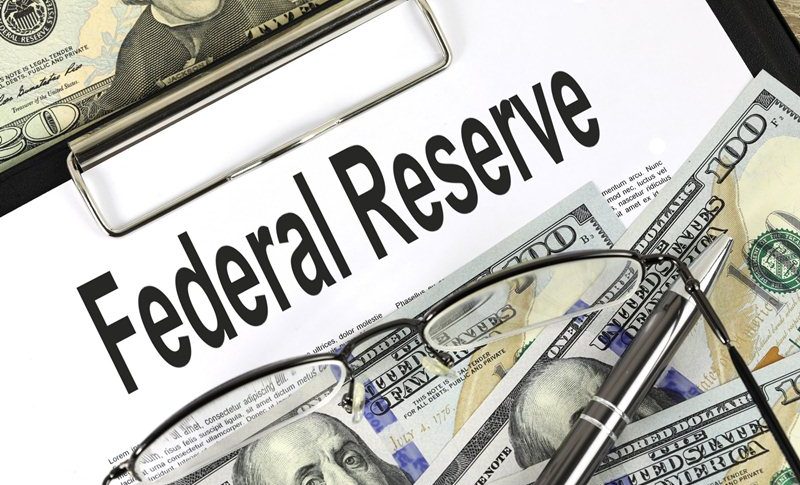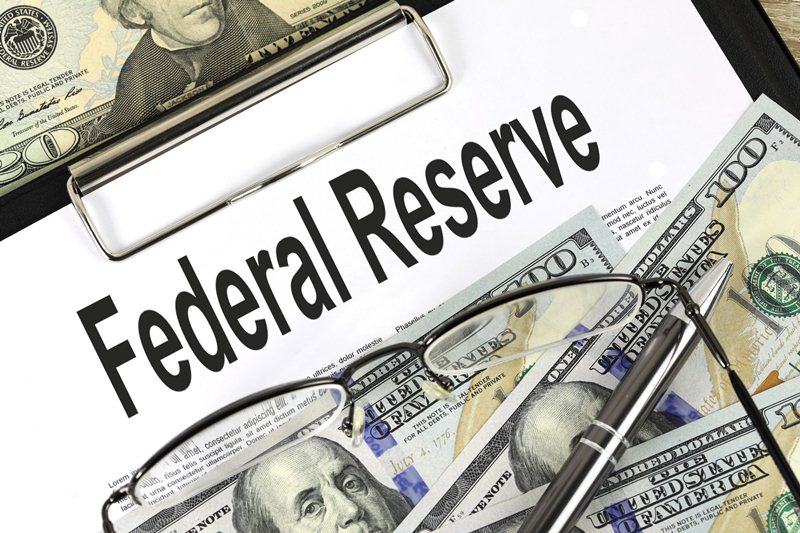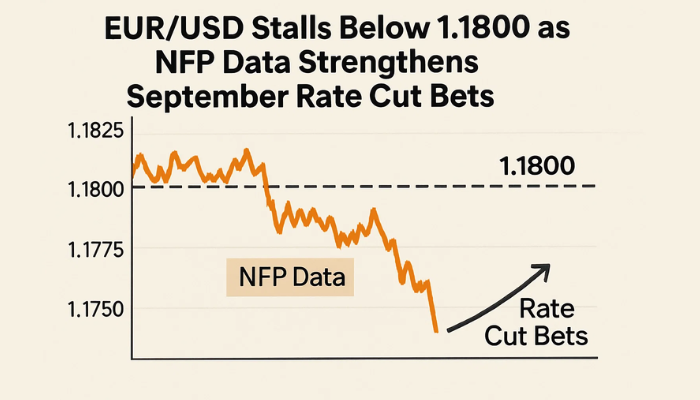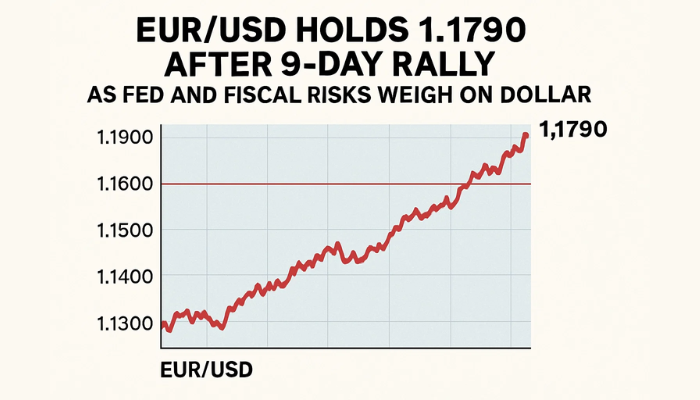USD Ends the End Uncertain on Mixed FED Rhetoric
Today there wasn't much on the economic calendar, but there have been many FED speakers, who have left the USD in a no man's land.

Today there wasn’t much on the economic calendar, but there have been many FED speakers, who have left the USD in a no man’s land, as their comments continue to show uncertainty, as if they are waiting for instructions from higher up to start cutting interest rates and let the economy flow.
A while ago we had the Cleveland FED president Loretta Mester make many comments in an interview on Bloomberg TV. She was pressing both sides, which gave traders nothing to run on, so there wasn’t much action in the USD during her interview.

Comments from Cleveland Fed President Loretta Mester
- Monetary Policy Stance: Mester emphasized that monetary policy remains restrictive, which is necessary to moderate demand and tackle inflation.
- Inflation Trends: She noted that inflation progress had stalled in the first three months of the year. Although the April CPI report showed positive signs, Mester indicated it’s too soon to determine the definitive path of inflation.
- Labor Market: Improvements in the labor market are making it more balanced, which should eventually exert downward pressure on inflation.
- Inflation Path: More evidence is needed to confirm that inflation is sustainably moving toward the 2% target. Mester highlighted that inflation risks are tilted to the upside.
- Rate Cut Considerations: She mentioned that thinking about potential rate cuts is premature. The decision will depend on sustained progress in reducing inflation. Despite the lack of progress earlier in the year being unwelcome, Mester does not see a risk in spending more time gathering data because the economy is robust.
- Economic Impact: While monetary policy is moderating demand, it isn’t happening as quickly as expected. Nonetheless, Mester remains confident that inflation will decrease, albeit not swiftly.
- Policy Flexibility: Mester affirmed that policy is well-positioned to handle risks on both sides. Should there be an unforeseen deterioration in the real economy, rate cuts could be considered. Conversely, if inflation does not improve or worsens, holding or raising rates remains an option.
- Neutral Rate: She has revised her estimate of the neutral rate upwards, reflecting recent economic conditions. Her previous expectation of three rate cuts this year is no longer deemed appropriate.
Fed Governor Philip Jefferson also spoke a while ago, providing an update on the Federal Reserve’s current policy stance and economic outlook. He underscored a cautious and vigilant approach to monetary policy, emphasizing the need for continued observation of economic indicators and maintaining a balanced focus on inflation and employment.
Fed Governor Philip Jefferson
- Policy Rate: Jefferson affirmed that the policy rate remains in restrictive territory, which aims to curb inflation.
- Inflation Trends: He mentioned it is too early to conclude whether the April CPI indicates a new trend. While recent inflation readings are encouraging, it’s important to wait for more data to make a definitive assessment.
- Labor Market: The labor market is showing signs of better balance, and inflation is declining, though not as quickly as desired. The resilience of the labor market provides some leeway for the Fed to focus on inflation without severely impacting employment.
- Data-Driven Approach: The Fed will continue to assess incoming data, the evolving economic outlook, and the balance of risks to determine the appropriate stance for the policy rate.
- Economic Growth: The US economy is growing at a solid pace, and the labor market remains robust. However, consumer spending growth is expected to slow later this year.
- Disinflation Process: It’s too soon to say if the recent slowdown in the disinflationary process will be long-lasting, but April’s inflation reading is a positive sign.
- Inflation Expectations: Long-term inflation expectations indicate that Americans believe the Fed will achieve its 2% inflation goal.
- Housing Market: Restrictive monetary policy has impacted the housing market, with market rates taking time to pass through to PCE housing services prices. The significant increase in market rents during the pandemic might keep housing services inflation elevated for some time.
- Balanced Focus: Jefferson emphasized the importance of not focusing on a single data point. He is cautiously optimistic that the Fed can continue to combat inflation while maintaining a strong economy, aiming to fulfill both sides of the Fed’s mandate.
- Check out our free forex signals
- Follow the top economic events on FX Leaders economic calendar
- Trade better, discover more Forex Trading Strategies
- Open a FREE Trading Account


